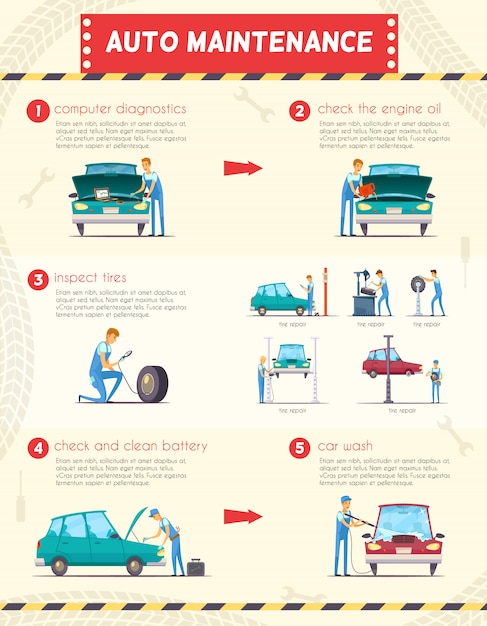Comprehending The Definition Behind Your Automobile'S Warning Lights: An In-Depth Look
Comprehending The Definition Behind Your Automobile'S Warning Lights: An In-Depth Look
Blog Article
Content Develop By-Sykes Stark
When you lag the wheel, those glowing caution lights on your dashboard can be a little bit puzzling. Do you understand what they're trying to tell you regarding your cars and truck's health? Comprehending the importance of these lights is crucial for your security and the long life of your vehicle. So, the following time one of those lights pops up, would not you wish to decode its message accurately and take the essential steps to resolve it?
Common Caution Lighting and Interpretations
Identify common caution lights in your vehicle and recognize their significances to ensure safe driving.
One of the most normal warning lights include the check engine light, which indicates problems with the engine or discharges system. If this light comes on, it's critical to have your lorry inspected quickly.
The oil pressure cautioning light indicates reduced oil pressure, needing prompt interest to stop engine damage.
A blinking battery light might suggest a damaged billing system, possibly leaving you stranded otherwise resolved.
The tire pressure tracking system (TPMS) light informs you to reduced tire pressure, affecting vehicle security and fuel efficiency. Disregarding this could cause unsafe driving problems.
The abdominal muscle light indicates a trouble with the anti-lock braking system, endangering your capability to quit rapidly in emergency situations.
https://www.autonews.com/fixed-ops-journal/auto-mechanic-shortage-delays-seen-growing but not least, the coolant temperature warning light warns of engine overheating, which can cause severe damages otherwise resolved swiftly.
Comprehending these typical caution lights will help you deal with issues without delay and preserve risk-free driving conditions.
Significance of Prompt Interest
Understanding the common warning lights in your vehicle is just the initial step; the significance of promptly addressing these warnings can not be emphasized enough to ensure your security when traveling.
When a caution light brightens on your control panel, it's your cars and truck's method of interacting a potential problem that requires interest. Disregarding cardetailers can bring about extra serious troubles later on, jeopardizing your security and possibly costing you much more out of commission.
Trigger focus to alerting lights can avoid break downs and accidents. For https://stephenrmgau.blog5star.com/31632877/understanding-the-significance-behind-your-car-s-warning-lights-a-thorough-appearance , a flashing check engine light might indicate a misfire that, if left ignored, can cause damage to the catalytic converter. Addressing this immediately can conserve you from a costly repair service.
In a similar way, a brake system cautioning light may indicate reduced brake liquid or used brake pads, essential components for your security when driving.
DIY Troubleshooting Tips
If you observe a caution light on your dashboard, there are a couple of do it yourself troubleshooting pointers you can attempt prior to looking for expert assistance.
The initial step is to consult your vehicle's handbook to understand what the specific warning light suggests. Sometimes the issue can be as simple as a loosened gas cap activating the check engine light. Tightening the gas cap might resolve the issue.
An additional usual problem is a low battery, which can activate numerous advising lights. Inspecting the battery links for deterioration and guaranteeing they're safe may deal with the issue.
If a warning light lingers, you can try resetting it by detaching the vehicle's battery for a couple of minutes and after that reconnecting it. Furthermore, examining your vehicle's fluid levels, such as oil, coolant, and brake liquid, can help fix alerting lights associated with these systems.
Conclusion
In conclusion, understanding your automobile's caution lights is vital for maintaining your car running efficiently and safely. By quickly addressing these signals and knowing what they indicate, you can stay clear of expensive fixings and prospective break downs.
Keep in mind to consult your vehicle's manual for particular details on each alerting light and act accordingly to ensure a trouble-free driving experience.
Keep informed, remain secure when traveling!
